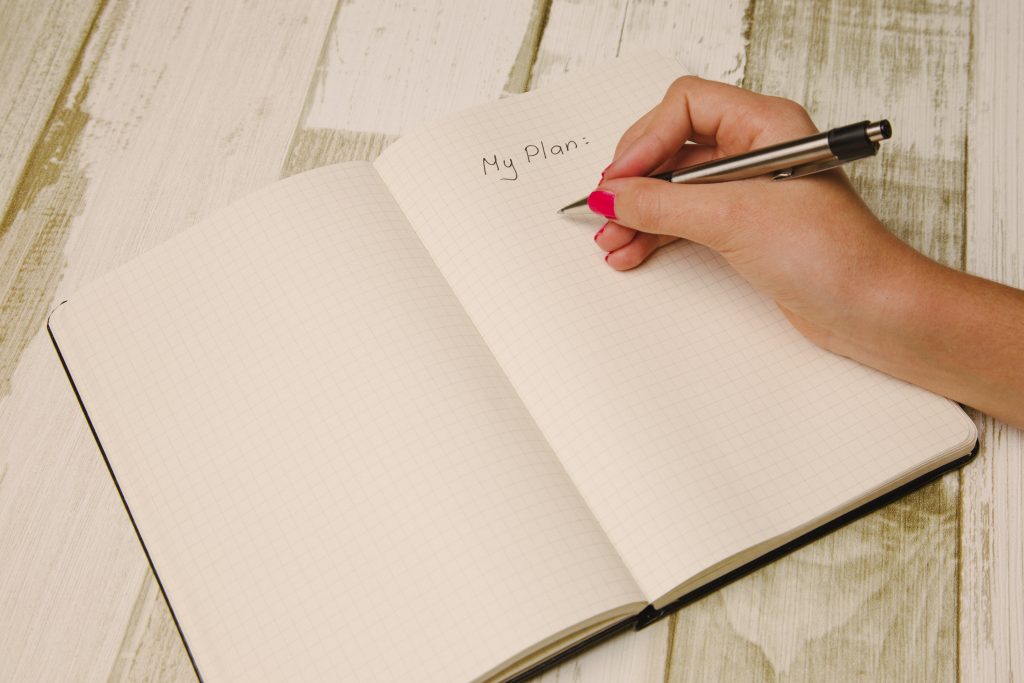As an electrical engineering student – or any student really – having a good study plan is key. These study plans can vary quite a bit depending on your mayor and experience. Yes, experience. It took me five years of finals in university to perfect my method to create the perfect plan (I even took a course on this). My method is tailored to engineering or science courses and might not work for other classes. If you are curious as to how to create the perfect study plan, then just keep reading.
Step 1: Make a list of all your materials
The first step is to make lists containing all the materials you have for that course. This includes books, lecture notes, handouts, exercises, homework assignments, and practice exams. I like to study by solving a lot of practice problems. If the professor didn’t provide enough problems I like to search for some practice book on Amazon. I really like the Schaum’s Outline series.

Step 2: Estimate the time you need
The next step is to put a time on each task you have to deal with. When in doubt always round up or give it an extra hour. How long do you need to read a page and take notes on it? How long do you need to solve a certain kind of problem? A good guess for practice exams is to estimate double the time you have on the actual exam.
Step 3: Plan backward
To make sure you have enough time to study leading up to the exam you have to plan backward. If I have enough time I like to schedule the two days leading up to the exam as buffer days. Even if you are done with studying on time you can relax before the exam or review topics you are not fully comfortable with, yet. Planning backward gives you an idea when you have to start studying.

Step 4: Don’t forget to schedule breaks and buffer time
This is one of the most important steps and where most people – like me for the longest time – screw up. You sadly can’t stay truly focused for long. If you want to succeed with your study plan you have to schedule a sufficient amount of break time and buffer time. It is recommended to schedule at least 30% of your time estimate as a buffer on top. No matter how good your estimates are there is so much that can go wrong. You can get sick, there might be that party that you just have to go to, or you just can’t be bothered to study on some days.
Step 5: Be honest with yourself
The fifth step is probably the most important one of them all. You have to be absolutely honest with yourself. The worst mistakes you can make while creating your study plan is to overestimate how many hours to study a day you can actually spare. This still happens to me more often than I’d like to admit.

Step 6: The actual planning
Step number six is the most obvious and easiest step: The actual planning. I always like to print out monthly views so I have everything at a glance before I write into my nice planner. Just pin the overview over your desk where you study so it’s always in sight.
Step 7: Don’t get discouraged
The last and finals step: Don’t get discouraged if something doesn’t go as planned!! This is what we added the buffers for. I know that life as an engineering or science mayor can be hard, but with a solid plan, you can do it.

All pictures are from pexels.
Looking further ahead than the next finals? Read what I learned from Sophia Amoruso’s #GIRLBOSS.
Feel free to share this post on social media, it means a lot to me 🙂


3 thoughts on “How to create a perfect study plan”